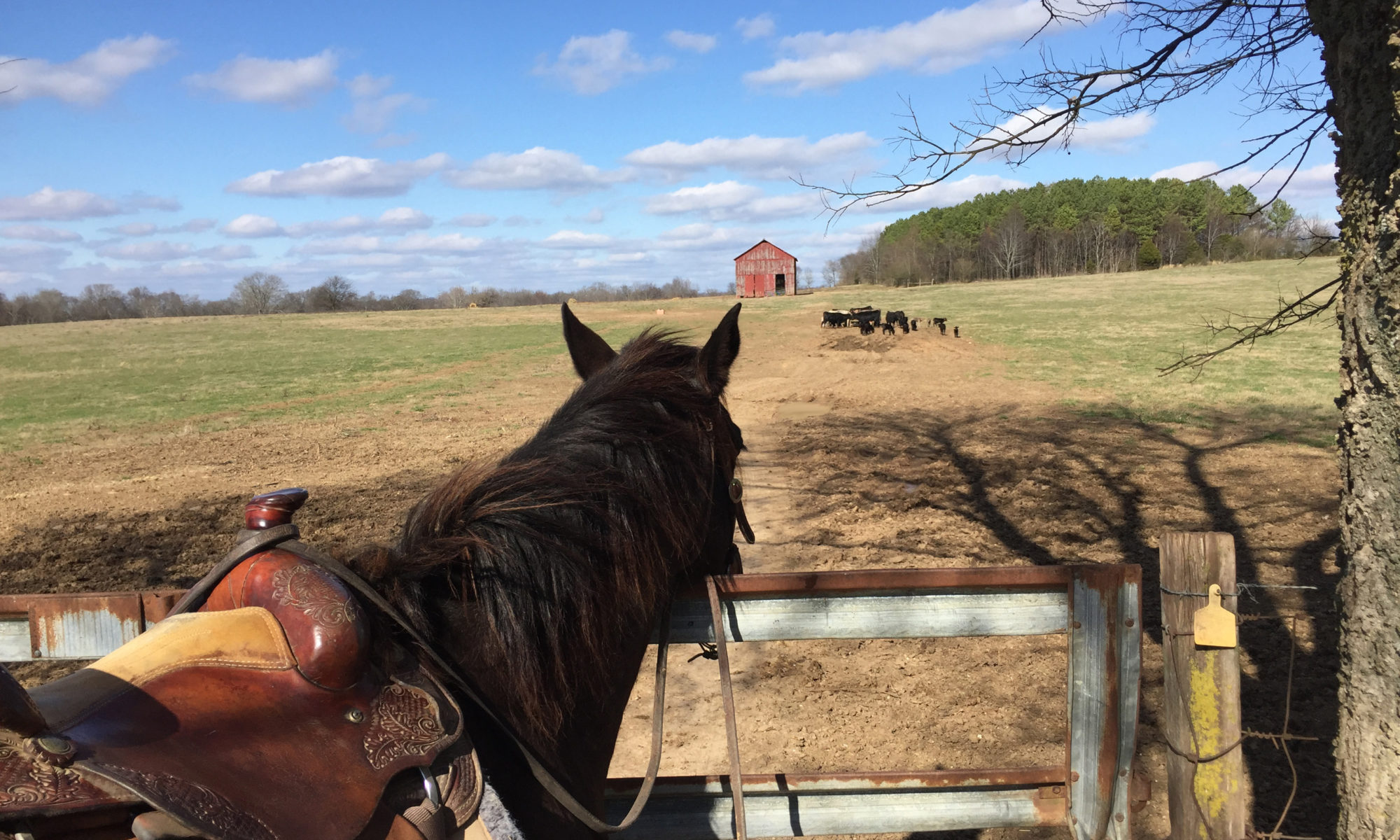

Dr. Andrew Griffith
Assistant Professor
Department of Agricultural and Resource Economics
P: 865-974-7480
Leisure is not a term typically associated with cattle production, nor is it a term commonly associated with the author of this article. The term leisure in cattle production is about as common as a three-legged unicorn that spins cotton candy with its tail. Despite leisure not being associated with cattle producers, it should be associated with the cattle being produced. The thought of leisure being proposed is in relation to enhancing average daily gain and reducing shrink during the marketing process.
Cattle producers typically want cattle to gain as much weight as quickly and cheaply as possible. However, there is generally a balance between time and total weight gain while managing costs. Thus, producers place a tremendous amount of focus on growing cattle as efficiently and effectively as possible with the hope of making a profit. Every operation is different in how they approach being efficient as some may rely on a forage-based diet with an average daily gain less than one pound while others may have cattle confined with a total mixed ration attempting to push for three to four pounds of gain per day. Regardless of the individual system, every producer is working to make it as easy as possible for those cattle to gain weight in the given system.
The easier something is on the animal, the more efficient that animal will be with the nutrients consumed. As an example, pastures with abundant high-quality forage and a nearby water source will pack more pounds on a calf than those same pastures with water a half mile away over the same grazing season. Enter the term “leisure” or “cow comfort” in the dairy business. Dairy producers place a great emphasis on cow comfort as greater cow comfort is proven to result in increased milk production. The same is true for beef cattle. The more comfortable they are or the more leisure they can enjoy, the more efficient those animals are at adding weight. Other examples may be reducing fly populations, clipping pasture, providing shade structures, or any number of other production practices.
Many producers understand and are familiar with the production side of cattle leisure, but failure to promote leisure during cattle marketing can be an expense that arrives in silence and leaves the same way. The technical term for this silent cost is shrink. Cattle will shrink or lose weight any time they are stressed or held off feed. Most of this shrink is in the form of excretory shrink. Excretory shrink is the loss of weight through urine and feces. Inevitably, cattle will begin urinating and defecating during sorting and hauling, which means fewer pounds to sell. A second type of shrink is tissue shrink, which is associated with loss of water from muscles and other tissue. Tissue shrink generally occurs with sick cattle, but it can also occur with dehydrated cattle. Given high temperatures and the fact that cattle may be without water for an extended period of time during the marketing process, tissue shrink may occur.
Cattle will certainly shrink during sorting, hauling and marketing, but producers are tasked with managing that shrink in order to sell the most pounds possible. Typical shrink for cattle is about 1 percent an hour the first three to four hours and then about 0.25 percent for the next eight to 10 hours. Shrink is exacerbated by cattle coming off lush green grass, excessive sorting, poor cattle handling, and anything else that causes stress. Methods to reduce this shrink include being able to bring cattle to the sorting pen with little to no stress, sorting with low stress techniques, feeding hay or other feedstuffs that are slower to digest, and weighing cattle in a timely manner.
At the end of the day, providing cattle leisure will greatly reduce shrink, and shrink is important because total revenue is determined by the price and total weight. As it relates to cattle producers finding leisure, maybe they will discover how to produce cattle hydroponically so a person can fish and take care of cattle at the same time. An alternative for golfers would be to lease the cattle out to mow the greens and fairways every Wednesday!
